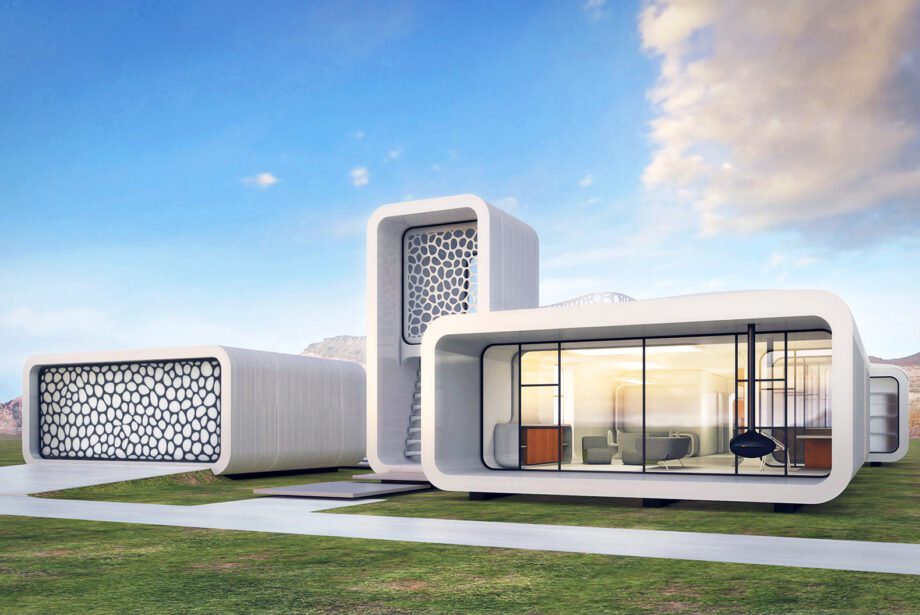The future is here. Need a new part for your car? Create it quickly at home on your 3D printer. Fancy some dinner? There’s a machine whose nozzles will spurt out a pizza in minutes. Want a new house? Choose a design on the website WikiHouse and press print.
It’s not the stuff of science fiction, although it is still in its infancy. In Dubai, an ambitious young team is planning to build a 3D-printed skyscraper, and the United Arab Emirates government has said it wants 25 per cent of buildings to be 3D-printed by 2030.
Closer to home, the aims and methods are slightly more modest. Big companies such as Legal & General are building thousands of homes by using factories to prepare all the parts which are then assembled speedily on site. The Government has thrown its weight behind the idea to help combat the crippling skills shortage that means tradespeople are becoming more scarce.

These homes – built in volume in a factory – are not glamorous. They are identikit, more concerned with solving the housing crisis than a chic design, and tainted by memories of the sub-standard pre-fab homes of the post-war period.
But there is an increasing number of companies that allow you to dream up a brand new home to your exact specifications, which is then cut out by a computer and assembled in a matter of weeks with the precision of a Swiss watch. Anya and Robin Nuttall turned to Facit Homes to build a roomy house with a pool in the basement and more room for their growing family.
Moving entailed a hefty stamp duty bill, so they had initially planned just to add an extension, before realising they could create something really special by knocking down their home in Highgate, north London, and building on the land. It had the added bonus of being free from VAT, as the house was built from scratch rather than refurbished. As fans of shows such as Grand Designs it had been a “theoretical dream for years” for Anya, a consultant at a nearby hospital, and Robin, a management consultant. “We don’t do any DIY; we barely even change light bulbs most of the time,” says Anya.
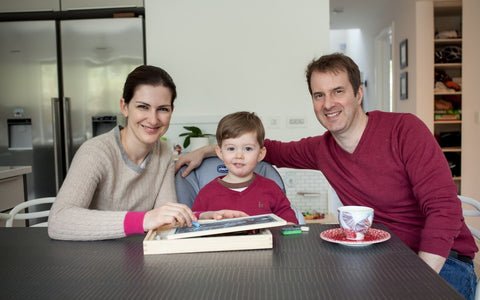
After talking through ideas, Facit came up with a 3D model of their dream home: a big modern house with Edwardian hints. The architect added in modern touches, such as a new take on bay windows, so it could better blend into the conservation area it sits in, and more easily win planning permission.
Unusually, the company takes the project through the design stage and then builds it, guaranteeing its cost as well, meaning no out-of-control budgets. “Having one company that sees it through to completion means the product at the end is how it is meant to be, rather than an interpretation of it,” says Rhys Denbigh, head of new business at Facit. After the Nuttalls’ project sailed through planning, work started on digging out the basement. When it was ready, Facit brought its patented mini-factory to the house, setting up its version of a large printer in the garden that would cut wood into sections, each one labelled with its location on the model.
These were then slotted together to make the skeleton and the walls of the house, a process that Anya compares to putting together a house made of Lego. The finished structure was then piped with polystyrene pellets to add insulation.

The initial 3D model was planned down to the exact location of the plug sockets, pipes, drains and ducts, so that it could be reproduced faithfully by the machine. “It is similar to 3D printing,” says Denbigh. “It’s an exact transformation from computer to reality.”
The basement took four or five months to dig out, but once above ground the whole three-floor house, with its jagged, pitched roof, was made watertight in just six weeks.
As the house grew, so did the Nuttall family: Anya was pregnant with her third child at the beginning of the project, and when the house was mostly built she discovered she was having baby number four.
“I called the architect and said we needed another bedroom,” says Anya. “He didn’t bat an eyelid.”
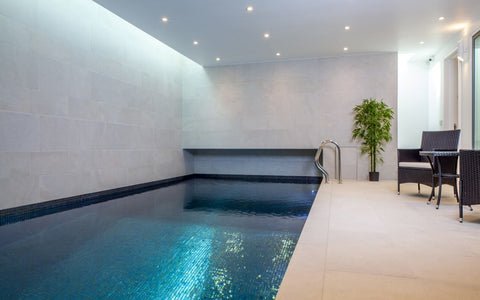
The new house now has six bedrooms, having ballooned from 2,150 sq ft to 5,100 sq ft. It is flooded with light, with a crisp, clean finish that comes from being manufactured by a computer. “It’s a very satisfying process, very predictable,” says Anya. “Maybe because I’m a medic, I like things to be planned and done in a certain way.”
There is a large open-plan kitchen, an adult sitting room and a snug for the children, and a luxurious leisure area in the basement with a gym, hot tub and swimming pool. Handy details could be added in, such as a secret staircase between the pool and the basement to stop wet feet trailing through the house, and a separate entrance for muddy boots and scooters.
The pool meant that the Nuttalls paid significantly more than the average Facit project, which usually costs £500,000 to £700,000 for a 2,700 sq ft house – but their home is now worth about five times what it was before the rebuild. It’s also so well-built that it’s incredibly energy efficient, says Anya: “I was told it would be warm but it is really warm – the heating never comes on, it’s extraordinary.”
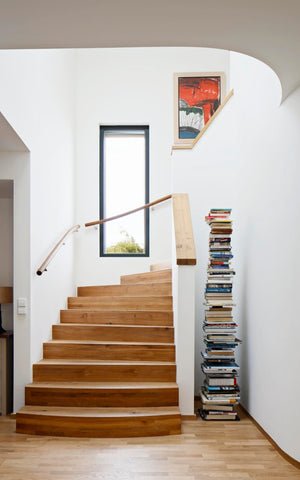
Facit is one of few companies doing this kind of precision-engineered bespoke house building. It’s far more common in Germany, where the famous Huf Haus system was invented. But this, unlike Facit, uses ready-made templates with no element of personalisation. Baufritz, another German company, works in the UK and also uses a 3D modelling system to design and build a home to the client’s specification. The turnaround time is even quicker: manufactured in its factory near Munich, the structures can be built in a matter of days. Baufritz made the Treehouse for the Reith family, replacing two unused garages in Cambridge. It took a few days to construct the house, using a wall and roof panels pre-made off-site.
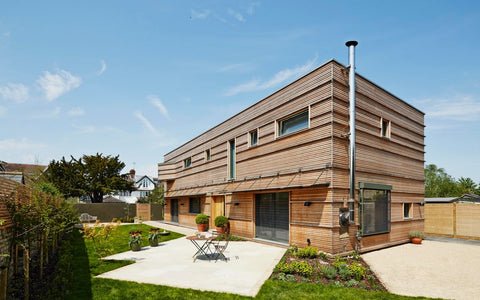
This is a small but growing industry, as customers demand more hi-tech methods and better quality building. The Government is also encouraging custom-building with Right to Build, by forcing councils to set aside land for those who say they want to build their own homes. Earlier this month the first plot shop was opened near Bicester, Oxfordshire, to make it easier to buy land to build on.
With 3D printing becoming more prevalent in parts of our everyday life, why not our homes? Just don’t call them pre-fabs.
#3DShoes #3DPrintedShoes #3DPrinted



